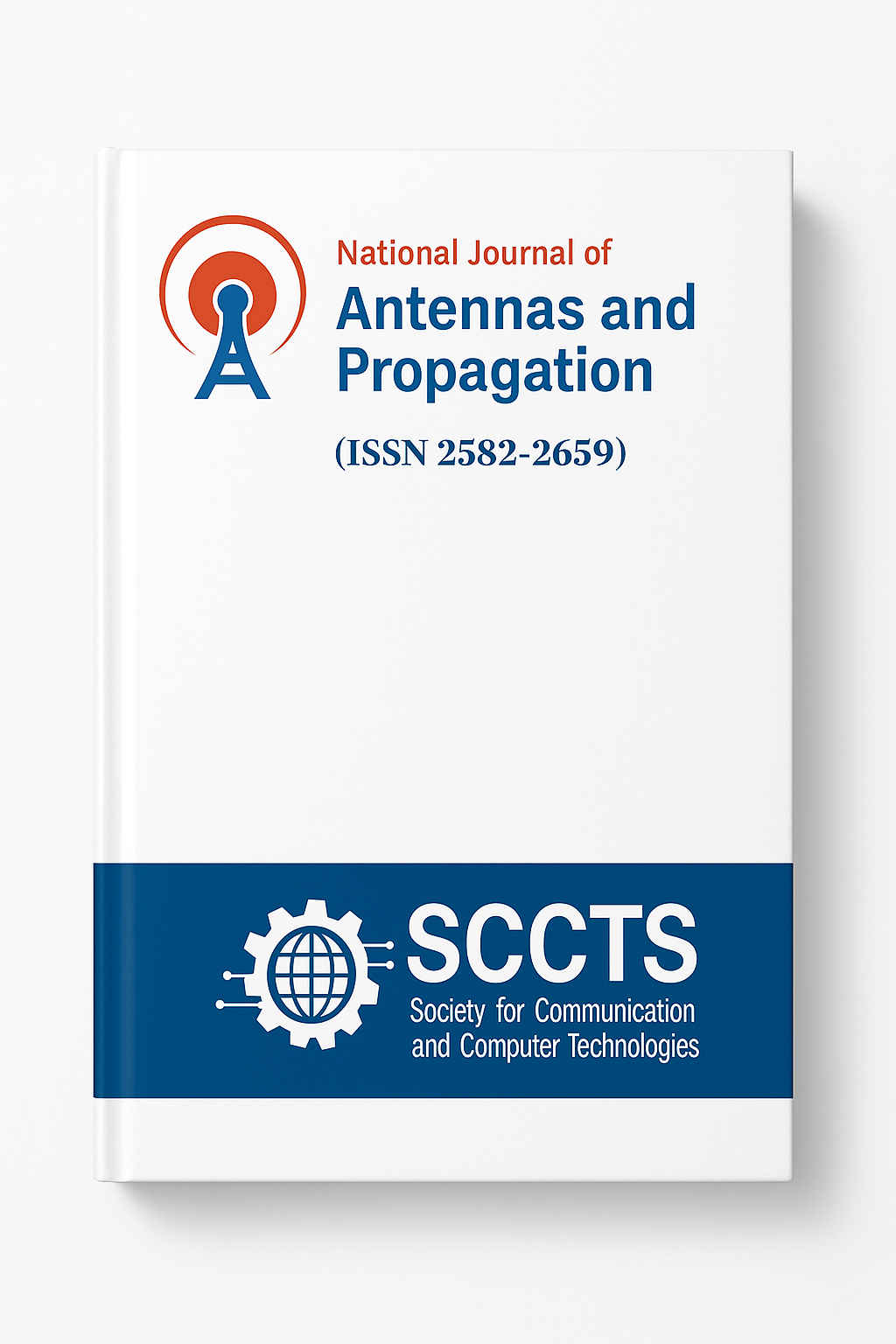Primary frontiers in Designing and benchmarking the Applications of Helical Antennas
DOI:
https://doi.org/10.31838/NJAP/05.02.02Keywords:
Antenna measurement, EMC (Electromagnetic Compatibility), Antenna testing, Near-field communication, Radiation hazard, StandardizationAbstract
Helical antennas are a versatile class of antennas characterized by their spiral-shaped geometry, which enables them to exhibit unique radiation patterns, polarization properties, and frequency characteristics. This comprehensive review explores the design principles, theoretical foundations, and practical applications of helical antennas across various domains, including wireless communication, radar systems, satellite communication, and radio astronomy. By examining the intricacies of helical antenna design, this review aims to elucidate the significance of helical antennas in modern antenna engineering and their implications for advancing wireless communication, sensing, and imaging technologies.











